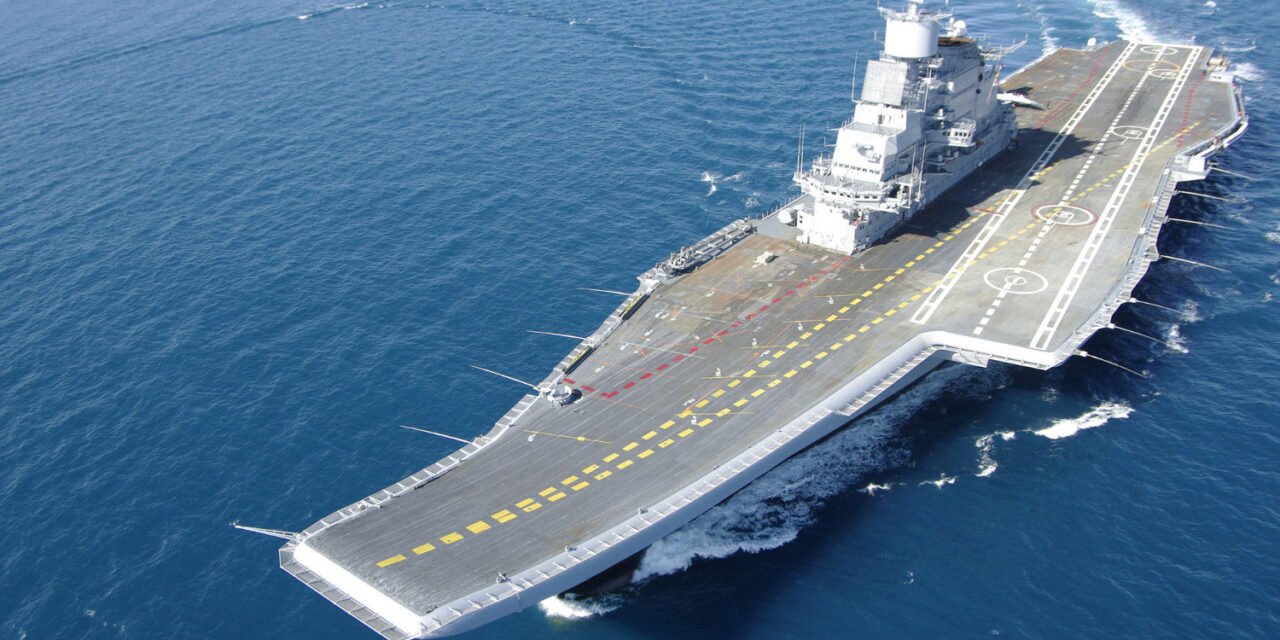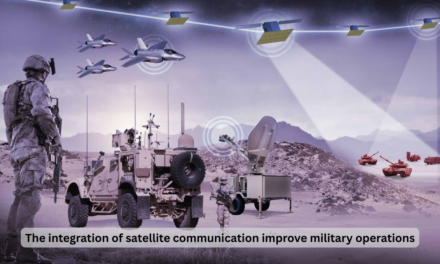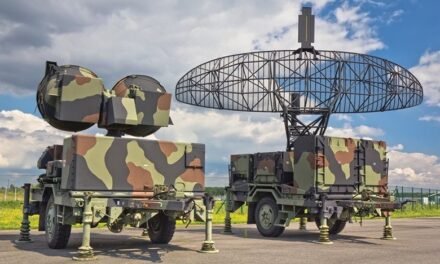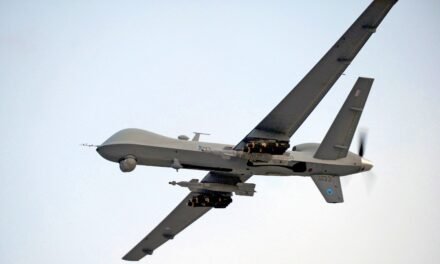Naval defense equipment, including warships, submarines, and aircraft carriers, forms the backbone of maritime security and power projection. Each category is equipped with specialized features to address the unique challenges of naval operations, including force projection, area denial, and maritime dominance. Here are the critical features of these platforms:
1. Warships
Warships, such as destroyers, frigates, and corvettes, are versatile vessels designed for multi-role operations.
a. Key Features
- Advanced Weapon Systems:
- Surface-to-air missiles (SAMs), anti-ship missiles, naval guns, and torpedoes.
- Examples: Aegis-equipped ships with SM-2 or SM-6 interceptors.
- Integrated Combat Systems:
- Systems like the Aegis Combat System enable seamless coordination of sensors, weapons, and communications for real-time threat response.
- Radars and Sensors:
- Multi-function radars, sonar systems, and electronic warfare (EW) suites provide 360-degree surveillance and targeting.
- Examples: AN/SPY-6 radar for missile detection and tracking.
- Stealth Technology:
- Reduced radar cross-sections (RCS) and infrared signatures enhance survivability.
- Example: Zumwalt-class destroyers.
- Anti-Submarine Warfare (ASW):
- Equipped with towed array sonar, ASW helicopters, and depth charges to detect and neutralize submarines.
- Self-Defense Systems:
- Close-In Weapon Systems (CIWS) like Phalanx for last-ditch defense against missiles and drones.
- Versatility:
- Capable of air defense, anti-submarine warfare, surface warfare, and land attack.
b. Roles in Naval Operations
- Escort Missions:
- Protect high-value assets such as aircraft carriers.
- Power Projection:
- Launch precision strikes with cruise missiles like Tomahawk.
- Sea Control:
- Dominate maritime zones by neutralizing enemy vessels and aircraft.
2. Submarines
Submarines are stealth platforms designed for covert operations and strategic deterrence.
a. Key Features
- Stealth and Quietness:
- Advanced propulsion systems, such as nuclear-powered (SSNs/SSBNs) or air-independent propulsion (AIP) systems, minimize acoustic signatures.
- Weaponry:
- Torpedoes, cruise missiles, and ballistic missiles for anti-ship, land-attack, and strategic nuclear deterrence.
- Example: Submarine-launched ballistic missiles (SLBMs) like Trident II.
- Sensors and Sonar:
- Advanced sonar systems for detecting enemy ships and submarines.
- Example: Towed array sonar for long-range underwater detection.
- Air-Independent Propulsion (AIP):
- Extends underwater endurance for diesel-electric submarines, reducing the need to surface.
- Survivability:
- Hardened hulls for deep-water operations and resilience against torpedo attacks.
b. Types of Submarines
- Attack Submarines (SSNs/SSKs):
- Engage enemy ships and submarines, conduct reconnaissance, and protect friendly vessels.
- Example: Virginia-class submarines.
- Ballistic Missile Submarines (SSBNs):
- Serve as strategic nuclear deterrents, capable of launching SLBMs.
- Example: Ohio-class submarines.
- Cruise Missile Submarines (SSGNs):
- Equipped with long-range cruise missiles for land-attack missions.
- Example: Yasen-class submarines.
c. Roles in Naval Operations
- Strategic Deterrence:
- Provide second-strike nuclear capability.
- Covert Operations:
- Conduct intelligence gathering and special operations.
- Anti-Access/Area Denial (A2/AD):
- Deny enemy forces access to strategic areas.
3. Aircraft Carriers
Aircraft carriers are the centerpiece of naval power projection, serving as floating airbases.
a. Key Features
- Flight Deck:
- Supports the launch and recovery of fixed-wing aircraft and helicopters.
- Example: Electromagnetic Aircraft Launch System (EMALS) on Ford-class carriers.
- Air Wing:
- Comprises fighter jets, airborne early warning and control (AEW&C) aircraft, and helicopters for multi-role operations.
- Example: F-35C Lightning II for strike missions and E-2D Hawkeye for surveillance.
- Power Projection:
- Capable of launching strikes deep into enemy territory from international waters.
- Defensive Systems:
- Equipped with SAMs, CIWS, and EW systems for protection.
- Nuclear Propulsion:
- Ensures virtually unlimited range and endurance.
- Example: Nimitz-class and Ford-class carriers.
- Command and Control:
- Serve as mobile command centers for coordinating naval, air, and joint forces.
b. Roles in Naval Operations
- Power Projection:
- Launch sustained air operations to support ground forces or strike enemy assets.
- Maritime Security:
- Patrol critical sea lanes and chokepoints.
- Humanitarian Assistance:
- Provide disaster relief and medical aid using onboard resources.
4. Common Features Across Platforms
a. Network-Centric Operations
- All platforms are integrated into a larger network for real-time data sharing and coordination, enhancing situational awareness and operational effectiveness.
b. Advanced Electronic Warfare (EW) Systems
- Radar Jamming and Deception:
- Disrupt enemy radar and targeting systems.
- Defensive Measures:
- Deploy electronic decoys and countermeasures against incoming missiles.
c. Autonomous and Unmanned Integration
- Platforms increasingly incorporate unmanned systems for reconnaissance, mine detection, and combat support.
- Example: Submarines deploying unmanned underwater vehicles (UUVs).
d. Modularity and Upgradability
- Flexible designs allow platforms to be reconfigured or upgraded with new weapons, sensors, or systems as technology evolves.
5. Emerging Technologies in Naval Defense
a. Hypersonic Weapons
- Integration of hypersonic missiles for faster and harder-to-intercept strikes.
- Example: Zircon hypersonic missile.
b. Directed Energy Weapons (DEWs)
- High-energy lasers and microwave systems for defense against drones, missiles, and aircraft.
c. Artificial Intelligence (AI)
- AI-powered systems enhance decision-making, threat identification, and targeting efficiency.
d. Stealth Technology
- Advanced materials and designs reduce radar, acoustic, and infrared signatures across all platforms.
e. Quantum Technology
- Quantum radar and communication systems enhance detection and encryption capabilities.
6. Strategic Importance
- Force Projection:
- Aircraft carriers and warships allow nations to extend their influence far beyond their borders.
- Maritime Security:
- Submarines and warships secure trade routes and protect against piracy and maritime terrorism.
- Deterrence:
- Ballistic missile submarines and multi-role warships contribute to strategic deterrence.
- Integrated Defense:
- These platforms work together in carrier strike groups, amphibious ready groups, or independent missions, ensuring comprehensive maritime dominance.
Conclusion
Naval defense equipment—warships, submarines, and aircraft carriers—offers unparalleled versatility, survivability, and power projection capabilities. Equipped with cutting-edge technologies and multi-domain integration, these platforms are indispensable for maintaining maritime superiority and supporting global defense objectives.
Hashtags
#NavalDefense #ModernNavalTech #MaritimeSecurity #SeaPower #NavalWarfare #WarshipInnovation #SubmarineTechnology #AircraftCarrierTech #NavalAirPower #NextGenNavalTech #NavalWeaponsSystems #MaritimeSurveillance #NuclearPoweredShips #GlobalMaritimeSecurity #FutureOfNavalWarfare













